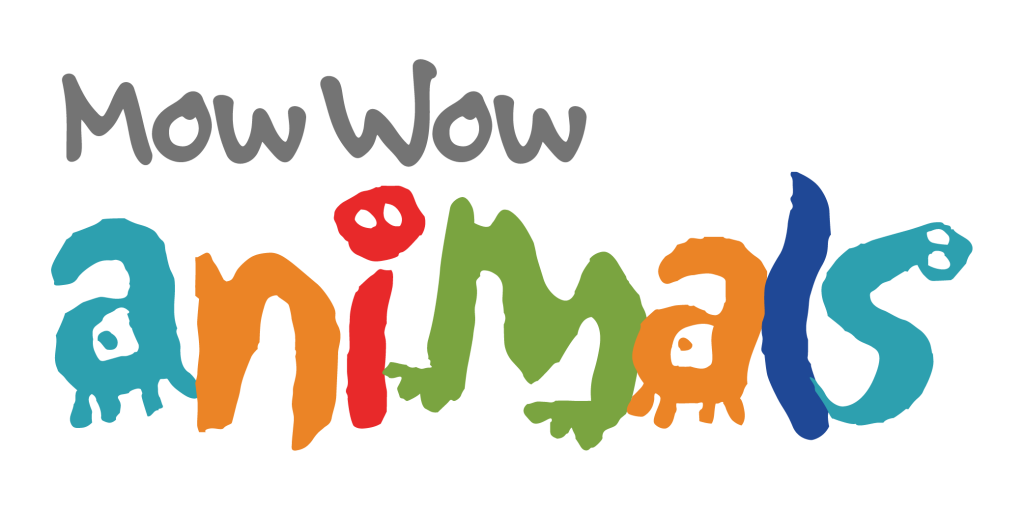Animals Among Us: Living with Suburban Wildlife, by Fran Hodgkins is a classic study about people and wild animals and how they can best share their common space. Margery Facklam writes: “Hodgkins tells how suburbs have taken over over animal habitats, but even more important, she describes ways in which people and animals can share the same territory.”
You can read the following selection about coyotes aloud to your students. Older students and more advanced readers might enjoy reading the selection on their own. When you (or your students) have finished reading the selection and you have answered their questions, ask your students what they have learned about coyotes living in an urban or suburban environment—at what time of day or night they forage, in which places they forage, and the kinds of food they eat. Ask them what kinds of humane measures they think people can take to make it less inviting for coyotes to visit their yards and other parts of their town.
The Coyote
From Animals Among Us: Living with Suburban Wildlife
by Fran Hodgkins
The coyote and his mate are the newest arrivals to this area, and the smaller creatures—foxes, cats, opposums, and others—quickly learned to give them a wide berth. Although in the wilderness he’d be vulnerable to larger predators like wolves and cougars, in this suburban wilderness he’s the top dog.
The coyote strides through the yard and by the compost heap. He pauses to sniff and notes the vixen’s passing, but he doesn’t pursue her. Easier prey, such as a mouse or a squirrel, or even a bowl of dog food left on a porch, is more on his mind today.
The coyote walks around the front of the house and climbs the steps to the porch. He sniffs around, but there is no food here. He trots back down the steps and up the street. Over the course of his patrol, the coyote will cover the entire town. The traffic along this road doesn’t disturb him, and the few drivers who pass take no notice of him—as they whiz by, they think he’s just another dog.
The coyote turns left and trots down an embankment into the playground next to the elementary school. From past experience, he knows this is a good spot to find misplaced lunches. His nose is sharp and leads him to a brown paper bag. He quickly rips through the bag and the plasticwrap and devours the baloney and cheese sandwich inside. For good measure, he eats the package of cookies too. The noon bell rings at the school; someone inside will soon discover his lunch is missing.
Licking his lips, the coyote trots away from the school, across the playground and up onto the eighth fairway of the country club’s golf course. The smell of grapes hangs heavily in the air, although there aren’t any vines for miles. The country club sprays the grape smell as a goose repellent. It works: the geese stay on the high school playing field and avoid the golf course.
The coyote isn’t bothered by the grape odor, though, and keeps moving. He checks along all the edges of the fairways, snapping at mice and chipmunks. Today they’re all too quick for him, but he isn’t trying too hard, either; after all, he’s already had a sandwich, and the day is just beginning.
A familiar scent reaches his nose and he trots faster. His mate appears over the top of the hill where the putting green is. She’s caught a couple of voles in the rough, but is still hungry.



